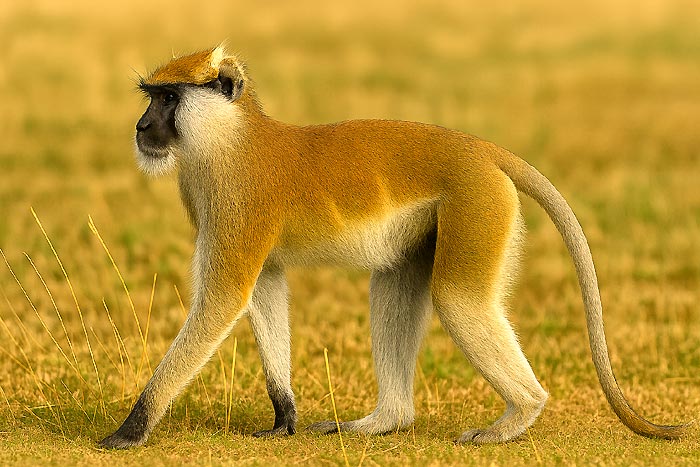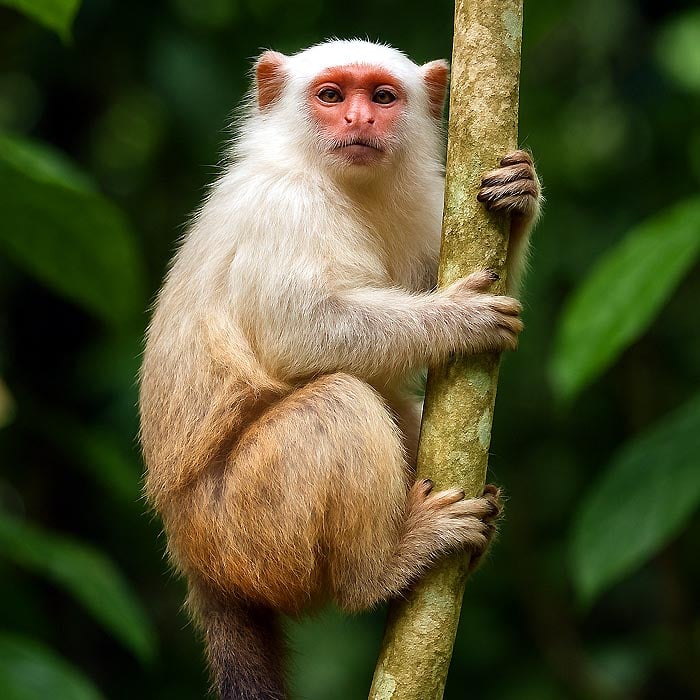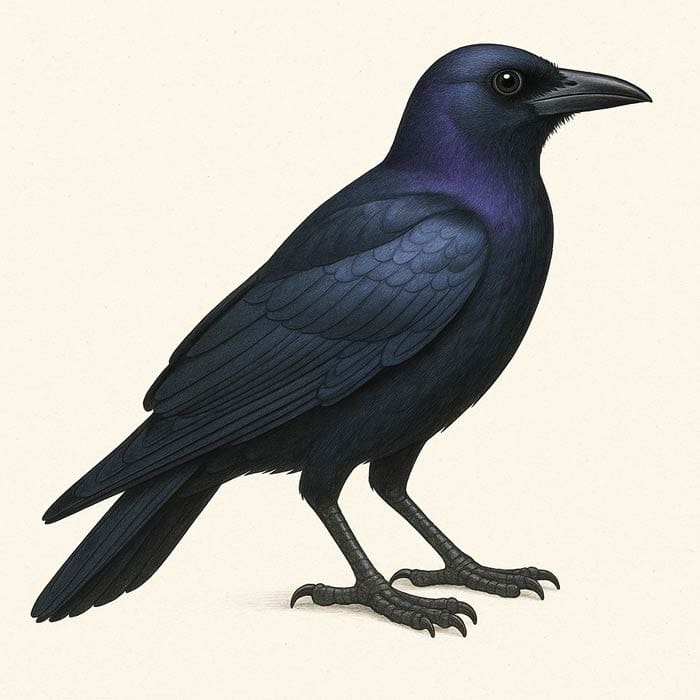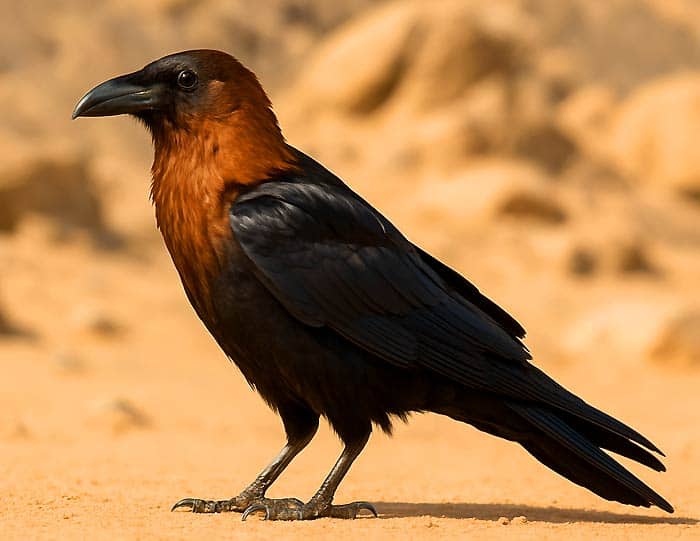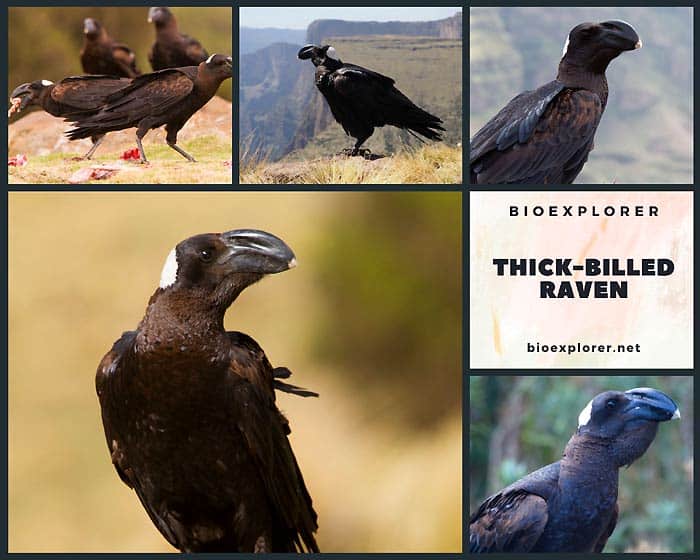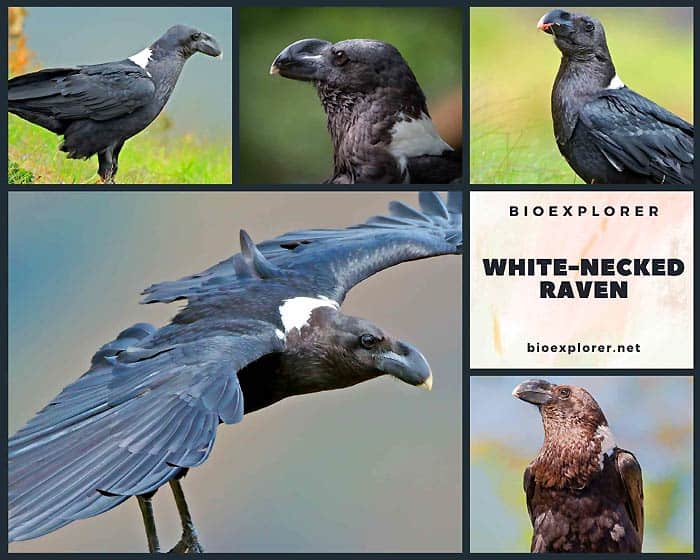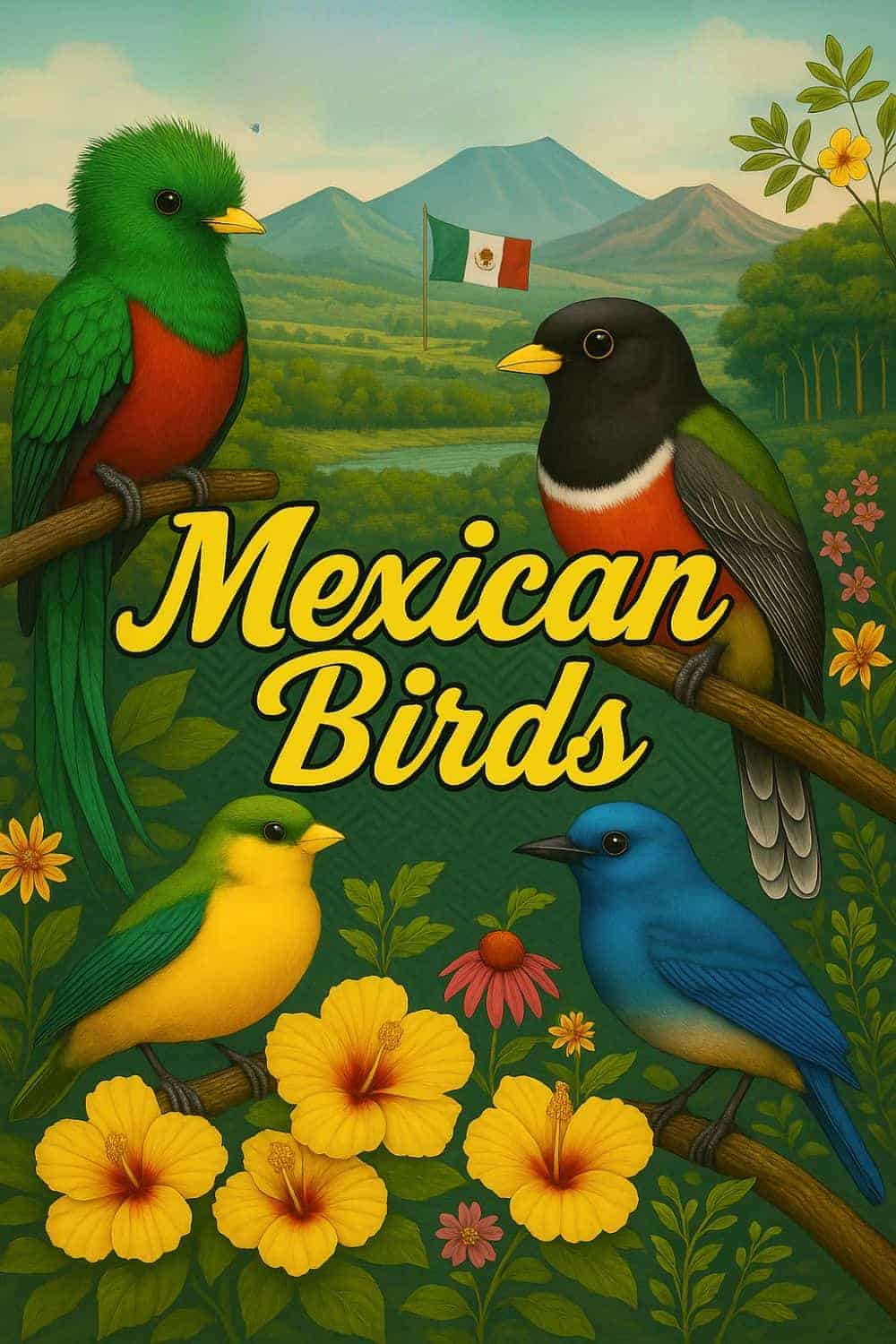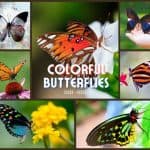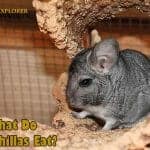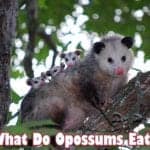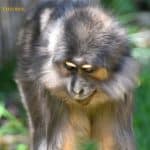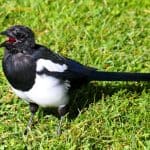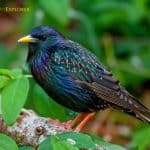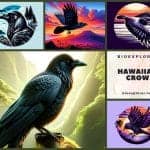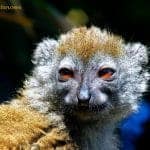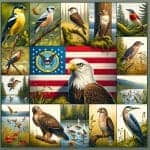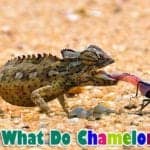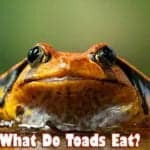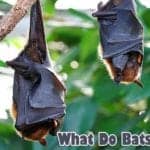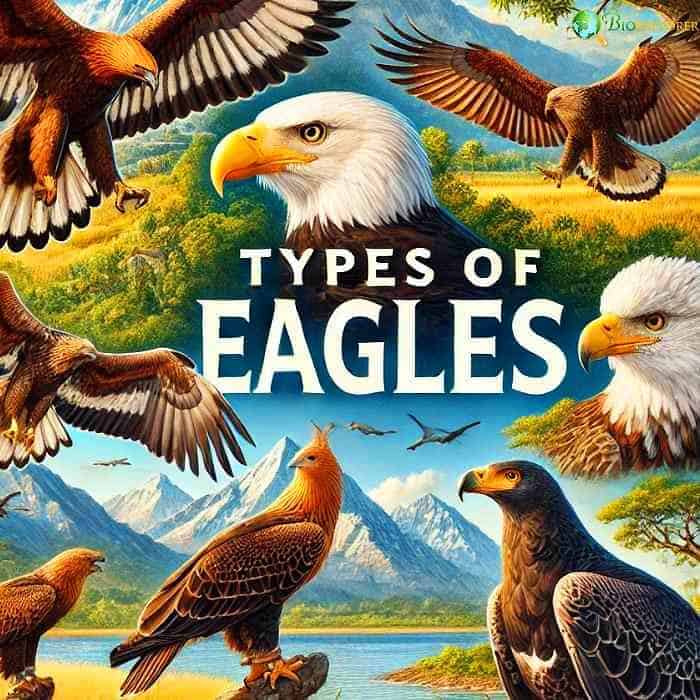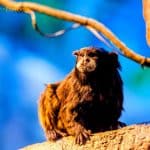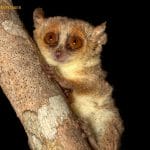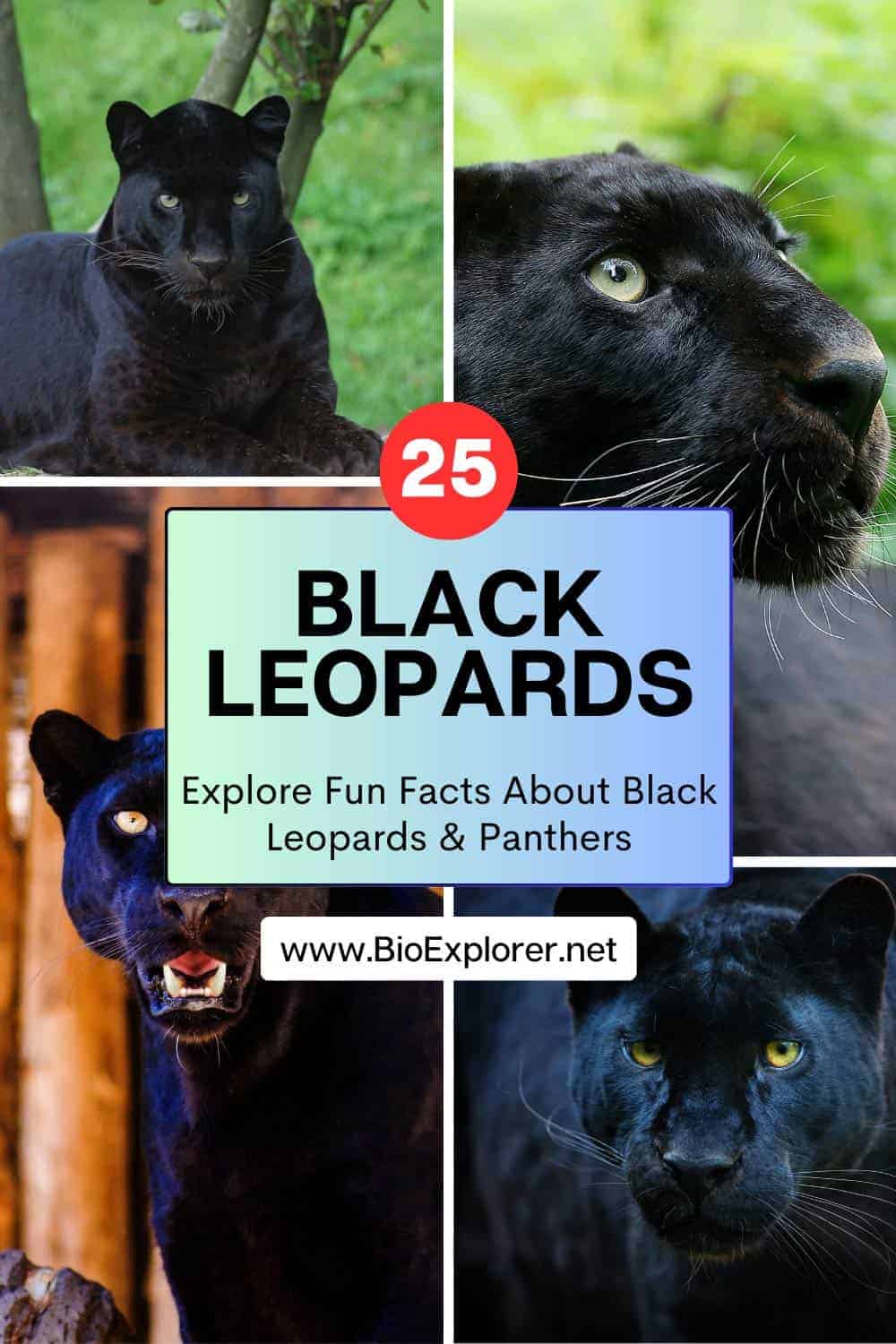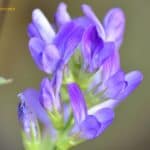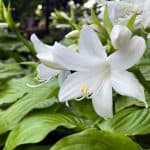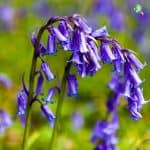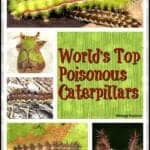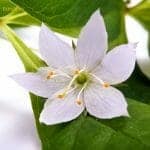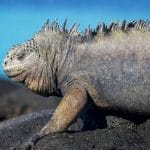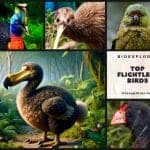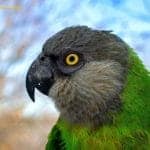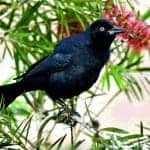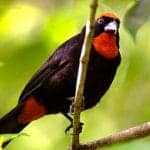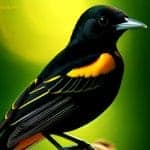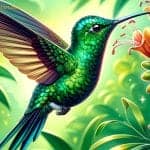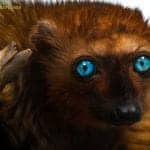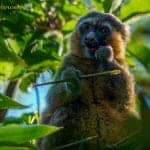biology kingdom - search results
If you're not happy with the results, please do another search
Top 27 Biology-themed Movies
Biology, in the simplest terms, is defined as the study of living organisms. The top 27 biology movies showcase biological concepts and other related scientific fields. Now, who says that you cannot learn while having fun simultaneously?
Top 10 Microbiology News of 2020
Microbiology News 2020: 2020 was the year of the horrific pandemic that influenced all aspects of our lives. Unfortunately, the scientific community was impacted too. Still, though the whole world scrambled to study the new virus, many scientific teams have made breakthroughs in other areas of microbiology and virology.
Top Cell Biology News of 2020 – A Round Up
The year 2020 was the time of an unprecedented health crisis. Understanding the inner body workings has become even more crucial than ever. Here are top 10 cell biology of 2020.
25 Mind-Blowing Biology Breakthroughs That Shaped Our World!
Biology is an incredibly diverse science. It studies life from microscopic beings to megafauna. Explore the top 25 biology discoveries of all time here.
Domain Eukarya Overview – History, Characteristics & Kingdoms
Living organisms are classified into 3 biological groups Prokarya, Archaea, & Eukarya. Learn domain Eukarya kingdoms & characteristics here.
Southern Patas Monkey
The Southern Patas Monkey (Erythrocebus baumstarki), native to Tanzania, is a critically endangered primate known for its speed, elusive nature, and striking coloration. Once widespread, its population now teeters between 100–200 individuals due to habitat loss and human threats. Inhabiting open acacia woodlands, these ground-dwelling monkeys play a vital ecological role in seed dispersal and insect control. Conservation efforts are urgently needed to protect this rare species and restore its shrinking habitat range.
Schneider’s Marmoset
Schneider’s marmoset (Mico schneideri) is a tiny Amazonian monkey discovered only in 2021. Endemic to Brazil’s Mato Grosso forests, it lives in one of the most threatened rainforest regions. With a diet of fruits, insects, and flowers, it plays key ecological roles. Social and territorial, this marmoset breeds within tight-knit groups. Unfortunately, rampant deforestation threatens its survival. Urgent conservation is needed to protect this rare species and the rapidly vanishing habitat it calls home.
Nuttall’s Woodpecker
Nuttall's woodpecker (Picoides nuttallii) is a small, striking bird found primarily in California and northern Baja California. It thrives in oak woodlands, riparian corridors, and even suburban areas with mature trees. Males sport a red crown patch, while both sexes show black-and-white barring that blends into tree bark. This non-migratory woodpecker feeds mainly on ants and beetles, using its strong bill and long tongue to forage under bark. Monogamous pairs raise chicks in tree cavities, and their old nests offer shelter to other wildlife, making them key contributors to healthy forest ecosystems.
Violet Crow
The violet crow (Corvus violaceus) is a medium-sized, glossy black bird with a distinctive purplish sheen, found only on Seram Island in Indonesia. Formerly a subspecies of the slender-billed crow, it is now recognized as a unique species. Adapted to tropical forests, plantations, and farmland, the violet crow is omnivorous and exhibits solitary or small-group foraging behavior. Its stable population and ecological role in seed dispersal and pest control make it vital to Seram’s biodiversity. With striking plumage and limited range, it captivates ornithologists and conservationists alike.
Brown-necked Raven
The brown-necked raven (Corvus ruficollis) is a clever, desert-adapted corvid found across North Africa, the Middle East, and parts of Asia. Recognized by its glossy black body and brown-tinged neck, this bird thrives in arid habitats, from rocky outcrops to human-altered landscapes. An opportunistic omnivore, it feeds on insects, carrion, fruit, and even trash. Known for its intelligence, aerial acrobatics, and cooperative behavior, the raven plays a crucial ecological role as a scavenger and predator. Its adaptability ensures resilience amid shifting environmental conditions.
Thick-billed Raven
The thick-billed raven is Africa’s largest corvid, native to the highlands of Ethiopia, Eritrea, and Somalia. Known for its massive white-patched bill and glossy black plumage with a white nape, this intelligent bird thrives in both wild and urban settings. Its diet includes carrion, seeds, and small animals, showcasing its adaptability. Thick-billed ravens are monogamous, nest on cliffs or tall trees, and play vital ecological roles as scavengers and predators. Their vocal variety, tool use, and social foraging highlight their complex behavior in highland ecosystems.
White-necked Raven
The white-necked raven is a large, intelligent bird native to the highlands of eastern and southern Africa. Recognizable by its white nape and glossy black plumage, this adaptable corvid thrives in mountainous terrain, open savannas, and even urban settings. It feeds on everything from insects and carrion to human scraps, often displaying clever foraging tactics like dropping nuts on rocks. Monogamous pairs build sturdy nests on cliffs or tall trees. As both scavenger and predator, it plays a vital ecological role while showcasing striking social and problem-solving behaviors.
Top 15 Mexican Birds (Spectacular Species You Must Know)
Discover the top 15 Mexican birds, from vibrant quetzals to rare doves. Learn where to find Mexico’s most colorful and unique bird species across forests, coasts, and mountains.
Top 25 Most Colorful Butterflies That Will Take Your Breath Away!
Colorful Butterflies: These incredible insects come in a myriad of colors, patterns, and sizes, each one more stunning than the last. Explore 25 of the most spectacular and colorful butterfly species from around the globe.
What Do Flamingos Eat?
Flamingoes are beautiful wading birds classified in the family Phoenicopteridae. Explore what do flamingos eat, types & what eats flamingoes.
What Do Chinchillas Eat?
Chinchillas are attractive little rodents famed for the fluffy appearance that sets them apart from other animals. What do Chinchillas eat, diet patterns & more.
What Do Koalas Eat?
Koalas are iconic marsupials spotting black oval noses and round ears. Explore what do koalas eat, their diet plan, what eats koalas, & animal food chain.
What Do Opossums Eat?
Opossums are marsupials, endemic to the Americas. Explore what do opossums eat, opossums diet by types, what eats opossums, hunting patterns, and more.
Top 26 BEST Animals With Best Eyesight
The eyes with various marvelous features have evolved in all kinds of animals. Explore top 26 different animals with best eyesight in animal kingdom.
Gray-Cheeked Mangabey
The gray-cheeked mangabey (Lophocebus albigena), also called the white-cheeked mangabey, is an Old World monkey found in the forests of central Africa. Gray-cheeked mangabeys belong to the same family (Cercopithecinae) and phylum (Papionini) as mandrills, macaques, and baboons.
Black-billed Magpie
The Black-billed Magpie is a striking, medium-sized bird with a long iridescent tail, black head and back, and bold white patches on its wings and belly. Found in western North America, it thrives in open habitats like meadows, grasslands, and near human settlements. Magpies are highly social and intelligent, often seen in noisy flocks and known for their complex social displays. They build large, domed nests and mate for life. Notably, magpies sometimes gather around deceased companions in a behavior likened to a “funeral.” Black-billed Magpies can recognize themselves in mirrors, a rare trait among birds.
European Starling
The European Starling is a medium-sized, black songbird with short, triangular wings, a short tail, and striking iridescent plumage speckled with white, especially in winter. During breeding season, adults display a yellow bill and a purple-green sheen. Native to Europe, Asia, and North Africa, starlings were introduced to North America in the 1890s and now number over 200 million. Highly social, they form enormous flocks and perform mesmerizing aerial displays called murmurations. Starlings are accomplished mimics, able to imitate other birds and even human sounds. They are aggressive cavity nesters, often outcompeting native species for nesting sites.
Hawaiian Crow
The Hawaiian Crow, or ʻAlalā, is a critically endangered bird endemic to Hawaii, now extinct in the wild but surviving in captive breeding programs. About 19–20 inches (48–50 cm) long, it sports soft, brownish-black plumage, a thick bill, and bristly throat feathers. ʻAlalā once inhabited dry and mesic forests on the slopes of Mauna Loa and Hualālai, playing a vital role in seed dispersal and pest control. Highly intelligent, Hawaiian Crows use sticks as tools-a rare trait among birds-and have a complex repertoire of over 20 vocalizations. In Hawaiian culture, the ʻAlalā is revered as an ‘aumakua, or family guardian spirit.
Eastern Lesser Bamboo Lemur
The eastern lesser bamboo lemur (Hapalemur griseus) is a small, endangered rainforest primate found only in Madagascar. This unique species has adapted to specialize in a toxic bamboo diet other animals cannot consume. Yet habitat loss and hunting have left remaining populations highly vulnerable.
Top 26 Washington Birds
Explore the overview of 26 must-see top Washington Birds species including facts on goldfinches, owls, hawks, finches and more. This comprehensive guide will help with identification of birds of Washington.
Crowned Eagle
The Crowned Eagle, also known as the African Crowned Eagle, is a powerful raptor native to sub-Saharan Africa, favoring dense forests and woodlands. Recognizable by its striking dark crest and intense yellow eyes, this eagle boasts a wingspan of 5–6 feet and is considered Africa’s most powerful eagle pound for pound. Its massive talons and strong legs allow it to hunt large prey, primarily monkeys, small antelope, and hyraxes, though it occasionally takes birds and reptiles. Crowned Eagles build enormous nests high in emergent trees, sometimes reusing them for over a decade. Their courtship includes dramatic aerial displays and prey offerings.
What Do Chameleons Eat?
Chameleons are unique animals considered to have originated from old-world lizards. Learn what chameleons eat by their types, how often & what eats them.
What Do Toads Eat?
Toads are notable for their dry, bumpy skin with glands located behind their eyes. Explore what do toads eat, toads diet by types, what eats toads & more.
What Do Lizards Eat?
All lizards belong to the reptiles family in the animal kingdom. Explore what do lizards eat, lizard diet by types, what eats lizards and all related topics.
What Do Squirrels Eat?
Squirrels are in the same family as marmots, prairie dogs, and chipmunks. Explore what do squirrels eat, squirrel's diet by types, what eats squirrels & more.
What Do Bats Eat?
After rodents, bats are the 2nd most popular mammal species. Explore what do bats eat, when do bats eat, bats diet by types, what eats bats & how bats hunt.
What Do Sloths Eat?
Sloths are arboreal creatures commonly found in South & Central America. Explore what do sloths eat, diet by types, how often, how much, & what eats sloths.
Types of Eagles
Explore all 68 types of eagles in this comprehensive guide. Learn about each species' unique traits, habitats, and behaviors across the globe.
Brown-mantled Tamarin
The brown-mantled tamarin also called the Spix's saddleback tamarin, is a species of saddleback tamarin native to South America. The species are considered "phyletic dwarfs," meaning their small size is linked to their evolutionary development.
Scimitar Oryx
Learn about the endangered scimitar-horned oryx, a striking Saharan antelope brought to extinction in the wild by 2000. Discover how urgent conservation efforts and captive breeding programs for this iconic desert-adapted Oryx dammah species have kept its future hopes alive against the odds.
Berthe’s Mouse Lemur
Weighing just over an ounce, Berthe's mouse lemur is the world's smallest primate. Endemic to dwindling western Madagascar forests, this nocturnal insectivore faces grave threats from deforestation and predation despite recent habitat protections. Learn surprising facts about its characteristics, behavior, endangered status, and the conservation efforts crucial to saving this tiny species.
Top 18 BEST Tundra Animal Adaptations
The coldest areas on Earth, such as regions close to the North Pole and the South Pole, have unique features. Here are the top 18 tundra animal adaptations.
Black Leopard
Uncover 25+ fun facts about black leopards! Discover why these elusive melanistic felines are so special, learn about their unique adaptations, and explore the myths and realities surrounding these beautiful creatures.
Lotus Flower
The lotus (Nelumbo nucifera) is an emergent aquatic plant that grows with its roots at the bottom of the water source and its flowers and leaves on its surface. The lotus, sometimes mistakenly referred to as a water lily, is available in shades from bright pink to white. The plant has 2 round leaves that typically float on the water.
Top 26 Best Hawaiian Flowers
Explore the top 26 unique Hawaiian flowers exclusive to Hawaii's archipelago. Dive into the world of these beautiful species, their interesting facts, and their significance in Hawaii's ecosystem.
25 Must-See Colorful Orchids
Discover 25 stunning colorful orchids, from vibrant blues to fiery reds. Explore their unique features, habitats, and the vital role of color in orchid ecology.
Alfalfa
Learn about alfalfa (Medicago sativa), its flower characteristics, cultivation practices, environmental benefits, and economic importance in this comprehensive guide.
August Lily
Discover the August Lily (Hosta plantaginea): a perennial with fragrant white flowers, medicinal properties, and ecological benefits, perfect for shaded gardens and borders.
Bluebell Flower
Explore the enchanting Bluebell flower (Hyacinthoides non-scripta), its vibrant violet-blue blooms, ecological significance, different types of bluebells and fun facts in this comprehensive guide.
World’s Top 15 Poisonous Caterpillars
There are many kinds of poisonous caterpillars; several caterpillars develop chemical warfare - they become poisonous. Here are 15 species of poisonous caterpillars from around the world.
43 Blue Flowers Unveiled: Why These Beauties Have Captured Everyone’s Attention?
Discover the hidden secrets of 43 types of blue flowers in our captivating blog post. Explore the rarity of natural blue pigments in flowers and symbolism and meanings of blue flowers.
Blooming Texas: 25 Gorgeous Native Flowers Revealed!
Texas is a large state with its own floristic region, having more than 5,000 species of native flowering plants. Because of its diverse landforms, Texas offers many famous blooms for visitors and residents. Explore the top 25 Texas flowers and their characteristics.
Order Asterales / Daisy and Sunflower
Asterales is a dicotyledonous order of flowering plants that holds ten percent of the angiosperm species diversity. Common sunflower, common daisy, Toropapa, Hydrangea, Bogbean, Water snowflake, and Cobalt mound are some of the beautiful flowers in Asterales.
Trientalis
Trientalis borealis is a star-shaped perennial wild-flowering plant native to the North American forests that bloom from May to June. Each stem has a whorl of 5 to 9 lance-shaped leaves at its end, with 1 or 2 white, green, or brown flowers on smaller stems extending from the center of the whorl.
Marine Iguana
A comprehensive guide to the Galápagos marine iguana (Amblyrhynchus cristatus) - the world's only seagoing lizard. Learn all about their taxonomy, adaptations for life in coastal habitats, feeding behaviors, social dynamics, threats to survival, and conservation status of this iconic species endemic to the Galápagos Islands of Ecuador.
Top 34 Flightless Birds of All Times!
Flightless Birds: Insight into how birds adapted over time to live grounded lives. This article explores major flightless species - from giant moas to tiny kiwis and curious penguins - examining how isolation and lack of predators drove anatomical changes forfeiting skies for land locomotion mastery.
Senegal Parrot
Learn all about the vibrant, social Senegal parrot (Poicephalus senegalus), a popular West African parrot species that thrives in captivity when well-trained. Get information on taxonomy, physical features, reproduction, behavior, communication style, and fun facts.
Greater Antillean Grackle
The Greater Antillean Grackle is a glossy black songbird native to the Caribbean’s Greater Antilles, including Cuba, Jamaica, Hispaniola, and Puerto Rico. Males reach about 27 cm (11 in) with a distinctive keel-shaped, "rudder-like" tail, while females are slightly smaller and less glossy. Its most striking feature is its bright yellow eye, the only non-black part of its body. These bold, noisy black birds thrive in open habitats near humans-towns, farms, mangroves, and pastures-and often form large, social flocks. Opportunistic eaters, they consume insects, fruit, seeds, small animals, and even human scraps.
Puerto Rican Bullfinch
The Puerto Rican Bullfinch, or comeñame, is a stocky, black songbird with bright orange patches above the eyes, around the throat, and under the tail. Endemic to Puerto Rico, it inhabits dense forests and coffee plantations, foraging for fruit, seeds, insects, and spiders. Measuring 17–19 cm, it’s often heard before seen, thanks to its loud whistles and trills. Nests are spherical with a side entrance, usually placed low in trees or shrubs; clutches contain two to three greenish eggs.
Puerto Rican Oriole
The Puerto Rican Oriole is a striking black songbird with bold yellow patches on its lower belly and shoulders. Endemic to Puerto Rico, it inhabits forests, mangroves, plantations, and especially areas with palm trees, where it weaves hanging basket nests beneath palm leaves. Both sexes look alike and sing, producing complex songs made of up to 27 different notes. Omnivorous, it forages for insects, fruit, lizards, nuts, and grains in dense vegetation. Family groups often remain together after breeding. Threats include habitat loss and nest parasitism by shiny cowbirds, but the species is still classified as Least Concern.
Puerto Rican Emerald
Follow a tiny metallic-hued hovercraft nimbly navigating the maze of mangroves, forests, and gardens spanning Puerto Rico. Well-adapted to myriad nesting sites, this Emerald hummingbird flits freely, relying on a diverse nectar supply to counter any migration need. Learn how keeping multiple doors open through habitat connectivity sustains this abundantly welcome wildcard across the island.
Crowned Lemur
Learn about the endangered crowned lemur (Eulemur coronatus) - this medium-sized rainforest-dwelling primate from N. Madagascar has dense black & white fur and a distinctive orange arrowhead crown marking on its forehead.
Mongoose Lemur
Learn about the endangered mongoose lemur (Eulemur mongoz), a small Madagascar primate with red beards and bushy tails. Get fascinating facts on their rainforest habits, unique behaviors, seed dispersal ecology, and major threats driving their worrying decline.
Blue-Eyed Black Lemur
Discover the mysterious blue-eyed black lemur, a rare primate found only in the tropical forests of northwestern Madagascar. With striking blue eyes and mostly black fur, they are agile tree-dwellers feeding on fruits, leaves, and insects. Read about their lifestyle, endangered status, and the threats they face.
Golden Bamboo Lemur
Explore all about the magnificent yet critically endangered golden bamboo lemur of Madagascar. This unique primate depends almost entirely on giant bamboo for food and shelter. Read about their adaptations, ecology, reproduction, conservation efforts, and threats facing their fragile habitat.







